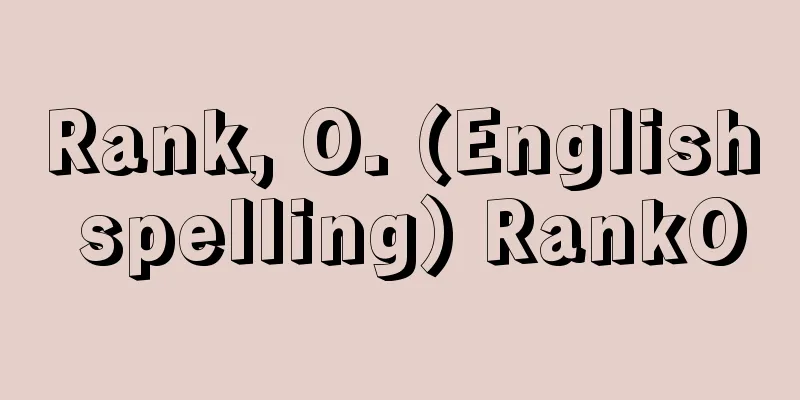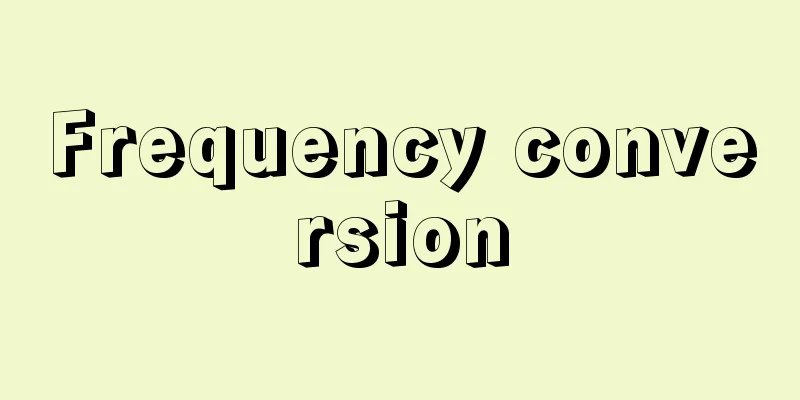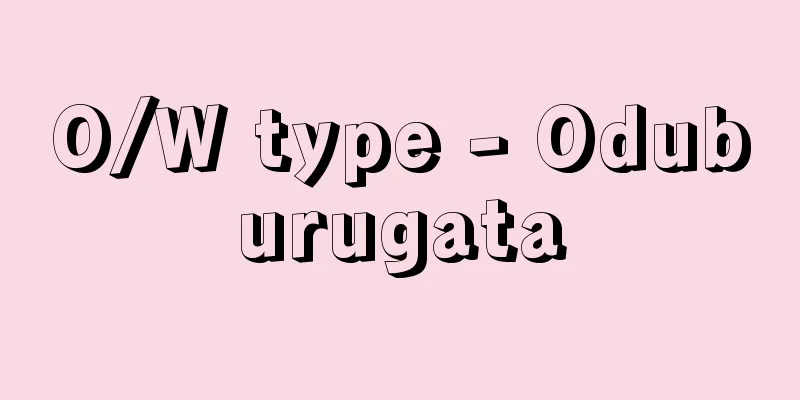Rank, O. (English spelling) RankO

|
…Such hero myths developed in the areas of ancient civilizations and their spheres of influence in the Old World. Representative examples include Oedipus, Theseus, and Perseus of Greece, Romulus of Rome, Siegfried of the Germanic people, King Arthur of the Celts, Nyikaung of the Shilluk people of Northeast Africa, Watu Gunung of Java, Jumong of Goguryeo, and Susanoo and Yamato Takeru of Japan. As Otto Rank, Lord Raglan, and Joseph Campbell have pointed out, the lives of the protagonists in hero myths are largely the same. The hero is the son of a king and queen, but is nearly killed at birth due to a prophecy made before his birth. … From [Psychoanalysis]…Freud's theory was quickly accepted not only in German-speaking countries but also in America, and in 1931, conferences were held in New York and Chicago. However, by that time, A. Adler and Jung, who had originally been Freud's disciples or supporters, had left Freud's views and embarked on their own independent explorations of the unconscious. In the early 1920s, O. Rank (1844-1939), W. Stekel (1868-1940), S. Ferenczi, and W. Reich also gradually developed their own views. During this time, Freud himself, the founder of psychoanalysis, expanded psychoanalysis to ego analysis and cultural and social theory, but also made the recognition of the primacy of the unconscious and infantile sexuality (and the Oedipus complex) a requirement for orthodoxy, and so a conflict arose between the orthodox and revisionist factions of the psychoanalytic movement. … *Some of the terminology explanations that mention "Rank, O." are listed below. Source | Heibonsha World Encyclopedia 2nd Edition | Information |
|
…このような英雄神話が発達したのは旧大陸の古代文明地域とその影響圏であって,ギリシアのオイディプス,テセウス,ペルセウス,ローマのロムルス,ゲルマンのジークフリート,ケルトのアーサー王,東北アフリカのシルック族のニイカング,ジャワのワトゥ・グヌング,高句麗の朱蒙,日本の素戔嗚尊(すさのおのみこと)や日本武尊(やまとたけるのみこと)などがその代表例である。ランクOtto Rank,ラグラン卿Lord Raglan,キャンベルJoseph Campbellなどが指摘したように,英雄神話の主人公の生涯は大幅に共通している。英雄は王と王妃の息子であるが,誕生前になされた予言のため,生まれると殺されそうになる。… 【精神分析】より…またドイツ語圏だけでなくアメリカにも急速に受け入れられ,31年にはニューヨーク,シカゴにも学会が開かれた。しかし,そのころまでには,はじめフロイトの弟子ないし賛同者であった者のなかから,A.アードラーやユングがフロイトと見解を異にして離れ去り,それぞれ独自の無意識探求の道に進み,また20年代はじめにはランクO.Rank(1844‐1939),シュテーケルW.Stekel(1868‐1940),S.フェレンツィ,W.ライヒらも,しだいにそれぞれの見解を発展させた。この間,創始者のフロイト自身も,精神分析を自我分析や文化・社会理論に拡大する一方,無意識の第一義性や幼児性欲(およびエディプス・コンプレクス)の承認を正統派の要件としたから,精神分析運動には正統派と修正派の争いが生まれた。… ※「Rank,O.」について言及している用語解説の一部を掲載しています。 出典|株式会社平凡社世界大百科事典 第2版について | 情報 |
>>: Ransome, A. (English spelling) RansomeA
Recommend
Dünaburg (English spelling)
…Population: 129,000 (1991). German name: Dünabur...
Kiebine - Kiebine
→Calanthe Source : Heibonsha Encyclopedia About My...
Optical distance
…The laws of light propagation, reflection, and r...
Henisch
1880‐1966 German researcher of Mongolian and Sinol...
Razor - razor
〘Noun〙① (Formerly called "kamizori") A s...
Lisianthus - Turk's cap lily
A semi-winter-hardy annual or perennial plant of ...
La Linea (English spelling)
…The majority of the population is Catholic. It f...
Saint John
...A port city in the southern part of New Brunsw...
Becker, HS (English spelling) BeckerHS
…Similar analyses of the normative consciousness ...
Hitotsusegawa
A river in central Miyazaki Prefecture. It is 91 k...
Ezomikasaryu fossil - Ezomikasaryu fossil
...Onion and melon cultivation is popular in the ...
Ono Castle
This mountain castle from the Azuchi-Momoyama peri...
Bruno Walter
German-born American conductor, also well-known a...
Sansuke - Walk
〘Noun〙① Three assistants. ※Engishiki (927) 19 &quo...
Ibn Rustam
…The capital was Tahult. The Persian Ibn Rustam (...









